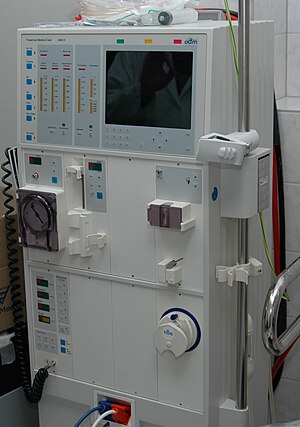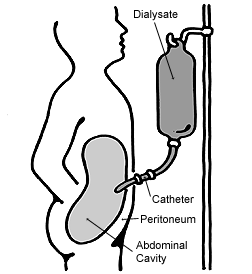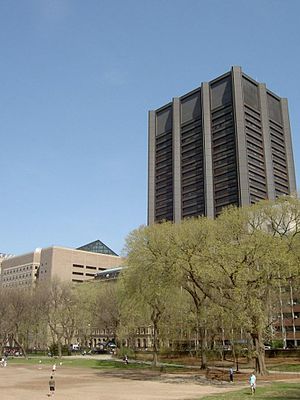 |
| Alan and family today |
After the phlebotomist took vial after vial after vial of blood, I returned to my siblings in the waiting room, Here I discovered the problems of leaving my brothers and sisters unattended while the vampire (aka phlebotomist) emptied my blood. They read the information about organ donation that Mt. Sinai thought its donors should know.
"Hey," brother Bob called out. "Did you know that they could transplant portions of a pancreas?"
 |
| Fig. 2 The pancreas. 1. pancreatic head. 4. pancreatic body. 11. pancreatic tail. (Photo credit: Wikipedia) |
He demonstrated the fact that he could read by pointing out the details. In 2003 the procedure was still experimental (only two to five living transplants a year according to UNOS data and only 160 to date). The best results came from whole pancreas which would come from a "deceased donor" (obviously).
We discovered during this time that most living donations came from:
- liver
- lung
- kidney
Which of course resulted in sick DeFord humor as we considered ransacking our body parts for a brother we adored.
"Bob," Art said, "you can afford to live the wild life and not worry about getting the organs you need."
Bob gave him a blank stare.
"You've got five donors ripening at home." He referred to his five sons.
"Then Janine got me beat," Bob said. Janine couldn't come to the screening because she was expecting her sixth baby in February.
"Yeah," Alan said. "But none of them are ripe yet. You've, though, Bob has three ready to harvest."
We assumed the donors had to be over eighteen-years-old in order to donate. Bob's three oldest boys met that criteria.
We laughed at our sick jokes, and I'm sure we offended others sitting in the office. But the only way we knew to relieve our tension was to laugh.
Then the mood turned somber.
After reading another pamphlet, my sister Marianne discovered another test we'd have to endure: The Twenty-Four Hour Urine Collection.
"What?" We gasped in unison.
"Where does it say that?" I asked.
She pointed it out.
This fact horrified us.
- ask us embarrassing questions
- test every part of our bodies
- take out a kidney
But collect pee for twenty-four hours and then lug it to the hospital?
That nearly transcended our love for Alan.





















